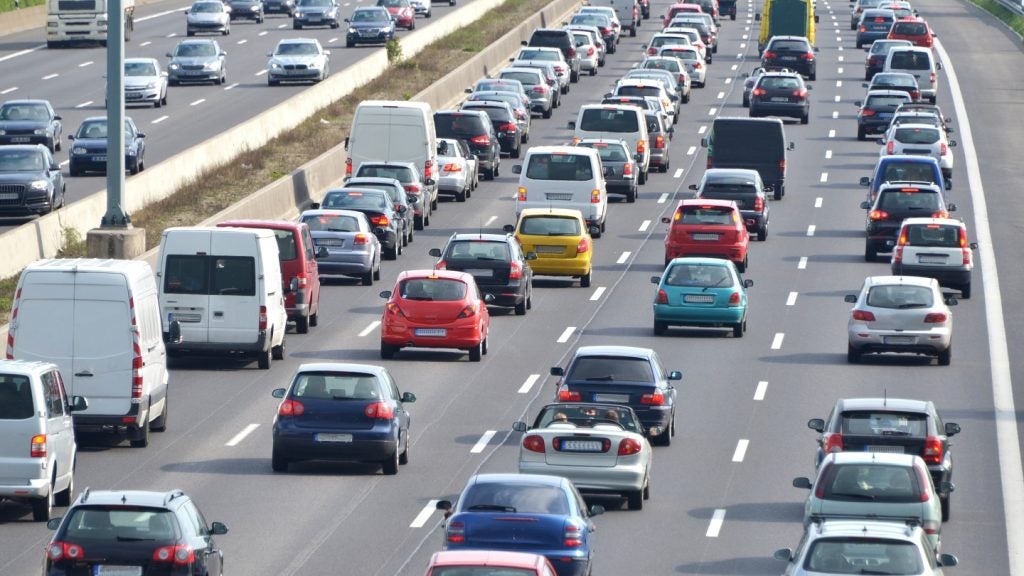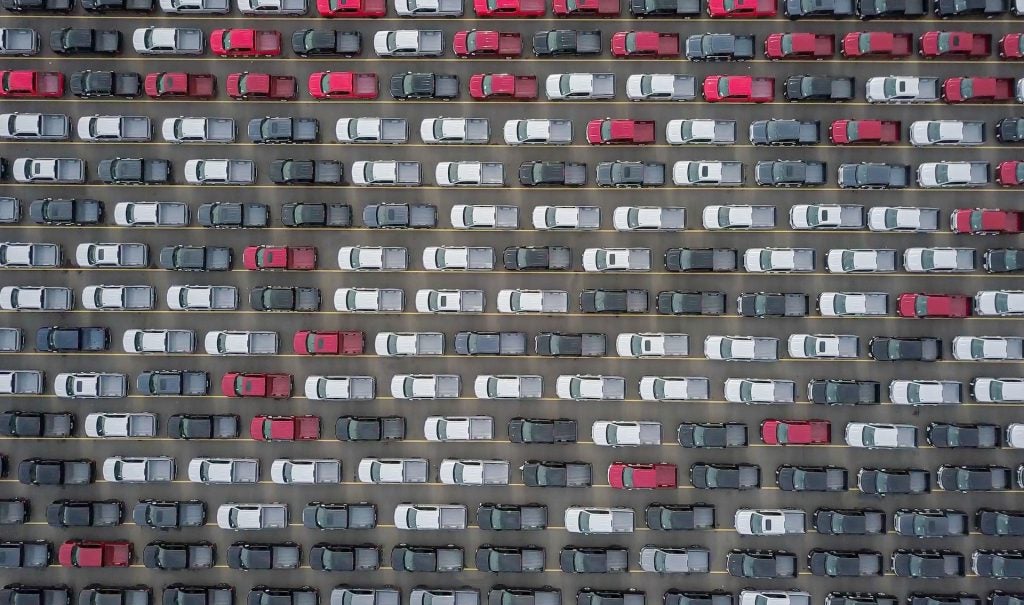
The US Department of Transportation (DoT) has issued a Federal policy for automated vehicles in order to allow for safe testing and the deployment of new auto technologies.
‘The Federal Automated Vehicle Policy’ follows several rounds of public input and stakeholder discussions.
The DoT said it was designed to be a proactive measure, compared to most US auto regulation, which it described as “reactive”.
There are four key parts to the policy:
- A Vehicle Performance Guidance for Automated Vehicles for manufacturers, developers and other organisations, including a 15 point “safety assessment” to ensure safe design, development, testing and deployment of automated vehicles.
- A Model State Policy, which presents a clear distinction between Federal and State responsibilities for regulation of highly automated vehicles and suggests recommended policy areas for states to consider, with a goal of generating a consistent national framework for the testing and deployment of highly automated vehicles
- A discussion on the National Highway Traffic Safety Administration’s (NHTSA) current regulatory tools that can be used to ensure the safe development of new technologies, such as interpreting current rules to allow for greater flexibility in design and providing limited exemptions to allow for testing and non-traditional vehicle designs in a more timely fashion.
- A section titled ‘Modern Regulatory Tools’, which looks to identify new regulatory tools and statutory authorities that policymakers may consider in the future to aid the safe and efficient deployment of new lifesaving technologies.
The primary focus of the policy is on highly automated vehicles, or those in which the vehicle can take full control of the driving task in at least some circumstances. Portions of the policy also apply to lower levels of automation, including some of the driver-assistance systems already being deployed by automakers today.
“94% of crashes on U.S. roadways are caused by a human choice or error,” said NHTSA administrator Mark Rosekind. “We are moving forward on the safe deployment of automated technologies because of the enormous promise they hold to address the overwhelming majority of crashes and save lives.”
How well do you really know your competitors?
Access the most comprehensive Company Profiles on the market, powered by GlobalData. Save hours of research. Gain competitive edge.

Thank you!
Your download email will arrive shortly
Not ready to buy yet? Download a free sample
We are confident about the unique quality of our Company Profiles. However, we want you to make the most beneficial decision for your business, so we offer a free sample that you can download by submitting the below form
By GlobalDataIn addition, the NHTSA has also released a final enforcement guidance bulletin clarifying how its recall authority will apply to automated vehicle technologies.
This bulletin emphasizes that semi-autonomous driving systems that fail to adequately account for the possibility that a distracted or inattentive driver-occupant might fail to retake control of the vehicle in a safety-critical situation may be defined as an unreasonable risk to safety and subject to recall.
The Department is also soliciting additional public comments for the next 60 days on the policy. Through a series of next steps and in response to public comments, DoT said it intends to update the policy annually.







